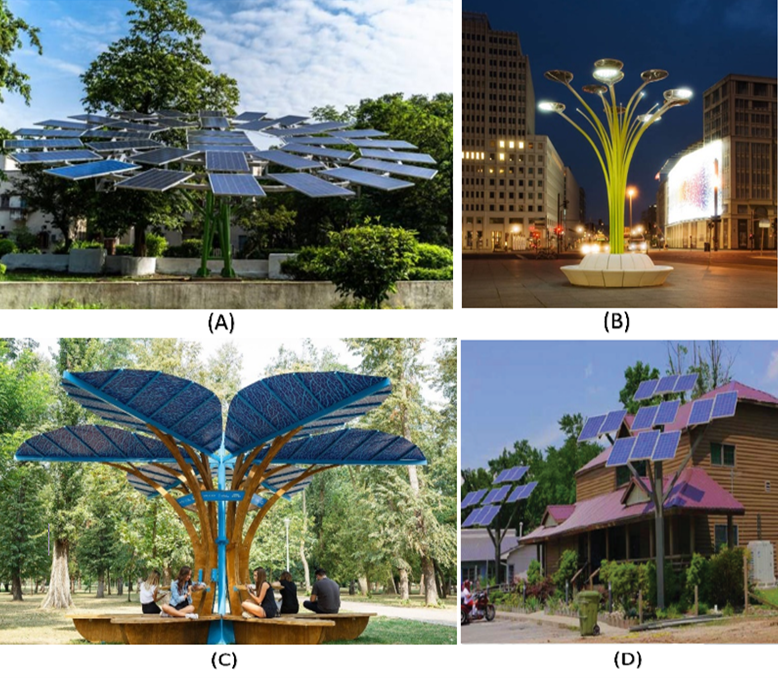
Optimization of Solar Tree Performance in Egypt: A Simulation-Based Investigation
Abstract
This project explores the optimization of solar tree performance in Egypt through the orientation and positioning of solar panels. Solar energy is a crucial and abundant resource in Egypt, and the paper proposes the use of solar trees as a promising solution to harness this energy efficiently. The design process involves two main aspects: optimizing the orientation of solar panels and determining their positions within the solar tree structure. A single-objective genetic algorithm maximizes incident irradiance on tilted solar panels, yielding optimal tilt and azimuth angles. Subsequently, a multi-objective genetic algorithm balances between minimizing the area occupied by the solar tree and reducing power loss due to shading. The optimized solar tree design increases incident irradiance and output power while minimizing shadow loss. The final design, 5 meters in height and 1.13 meters wide, demonstrates improved energy efficiency. Simulation results from a Simulink model verify optimization effectiveness, while finite element analysis using ANSYS ensures structural integrity under real-life conditions.
